Help & Hope on National Lost Dog Awareness Day
On National Lost Dog Awareness Day, the Retrievers would like to give you two very important messages.
1. Always consider a loose dog a LOST dog, not simply a stray. That dog you see wandering in a field, or hanging around a dumpster, or begging at your back door for scraps probably belongs to someone—someone who may be desperately looking for it.
- Be sure to really look the dog and notice whether it’s wearing a collar with or without tags. Try to determine its gender and likely breed. Notice which direction it’s heading and what kind of mental state it’s in. If possible, take a photo.
- Leave food, water and shelter for the dog to try to keep it from wandering further.
- Post a “Found” ad on your local Craigslist and on every lost dog Facebook page pertinent to your area. If the dog appears to be a particular breed, see if there’s a breed-specific Facebook page you can post on (such as our own Facebook page here specializing in lost and found Golden Retrievers).
Get involved with the “stray” dogs you see. Because you could be the turning point in a lost dog’s story—the person who stepped up when everyone else looked away.
2. Never give up. You’ve heard the stories of dogs being reunited with their owners after weeks, months and even years apart. In many cases, it was a microchip that made the difference, but not always. Thousands of found dogs have been matched with their owners thanks to the efforts of countless volunteers on Facebook, who are diligently trying to help behind the scenes.
If your dog has been missing for a long while, take heart from some of these stories, including that of a dog reunited with his family after seven long years. It can happen for you, too.
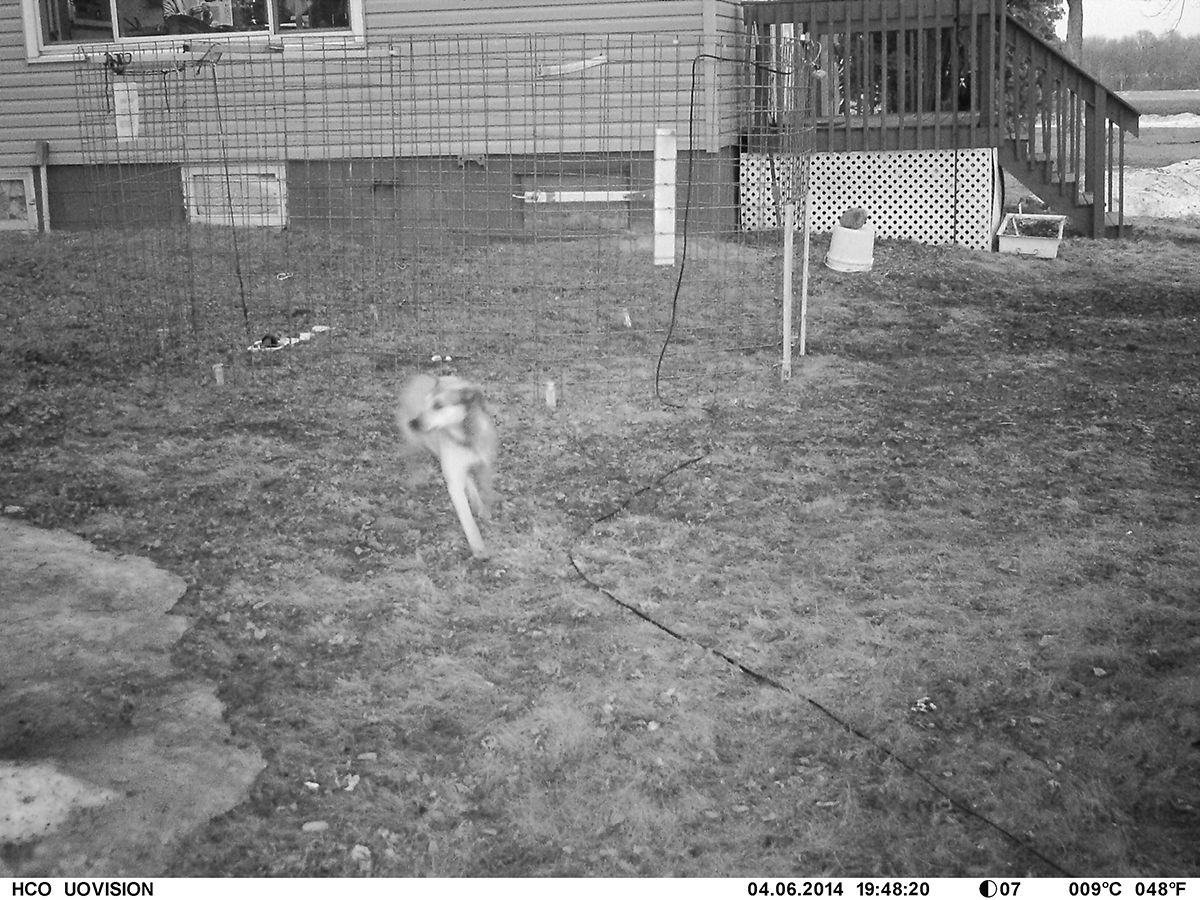
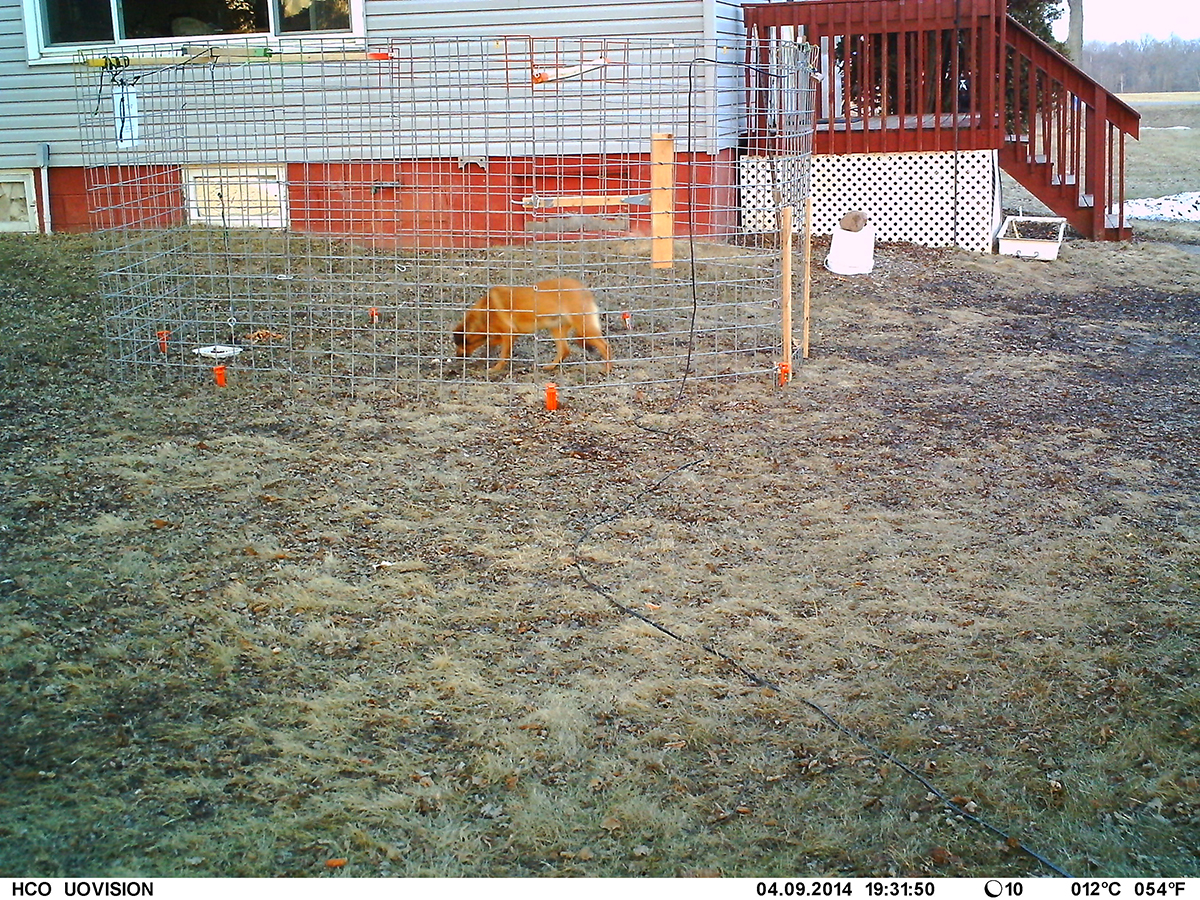

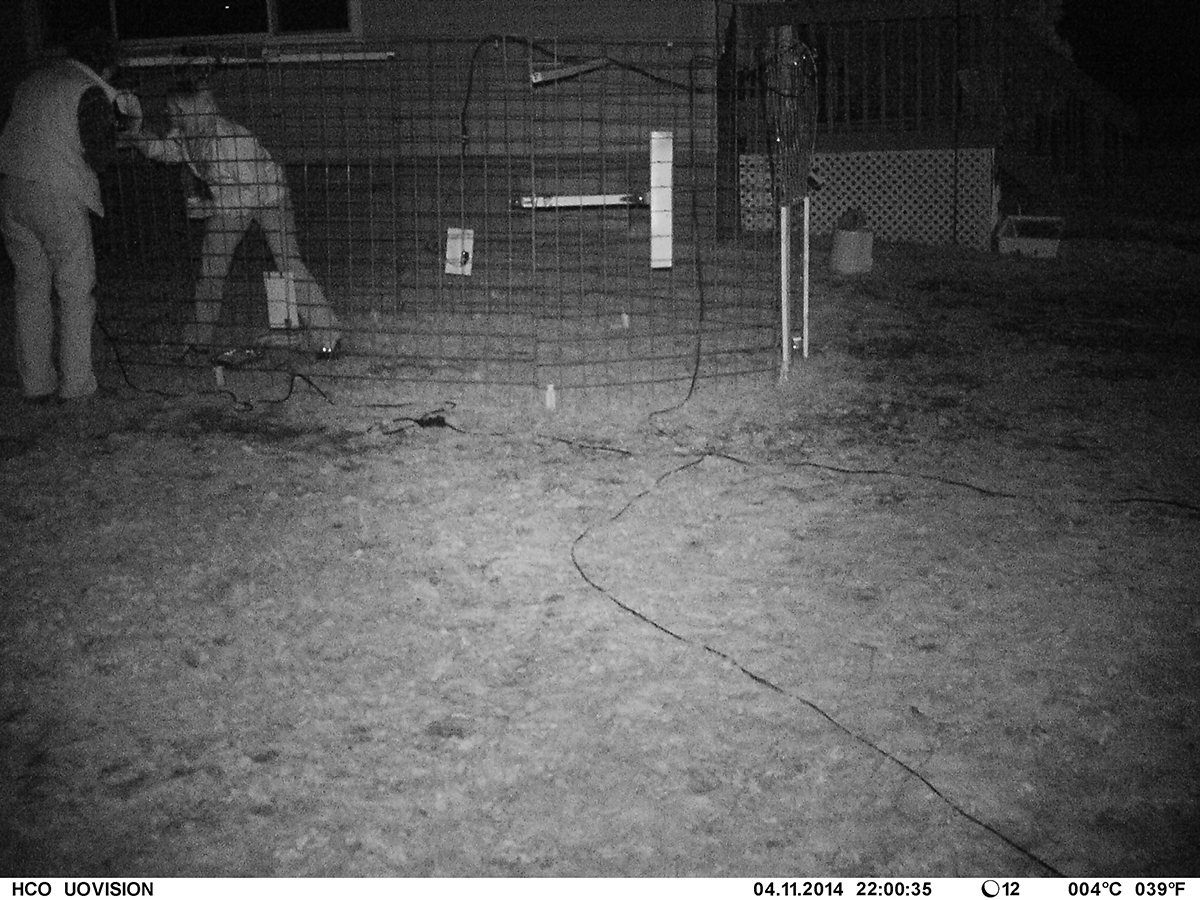
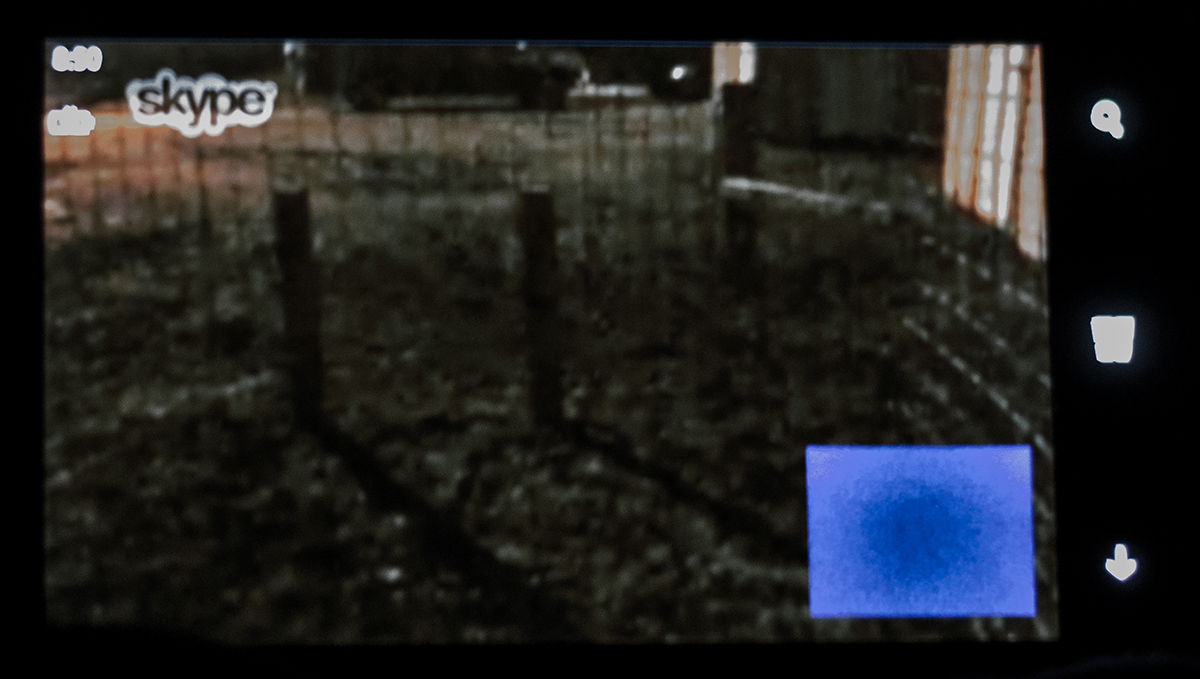

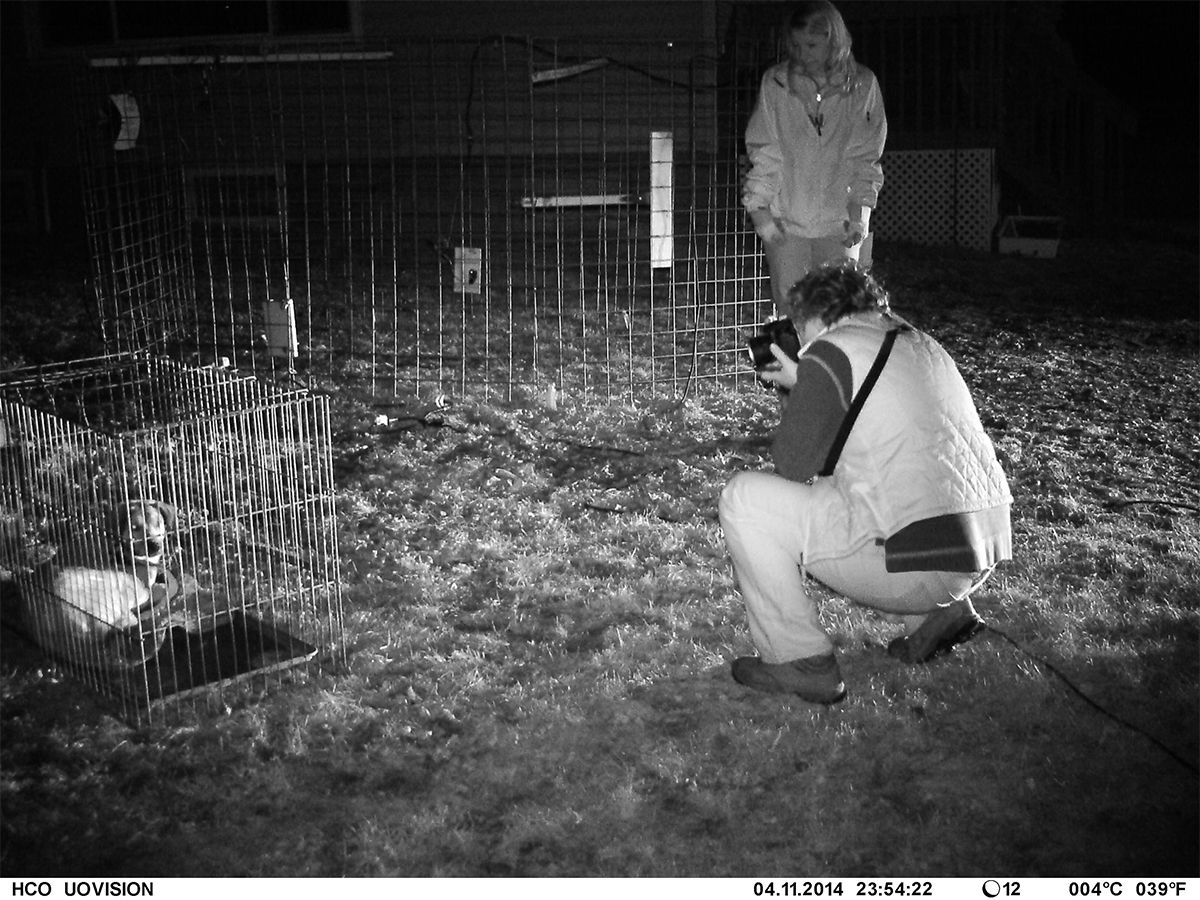




Recent Comments